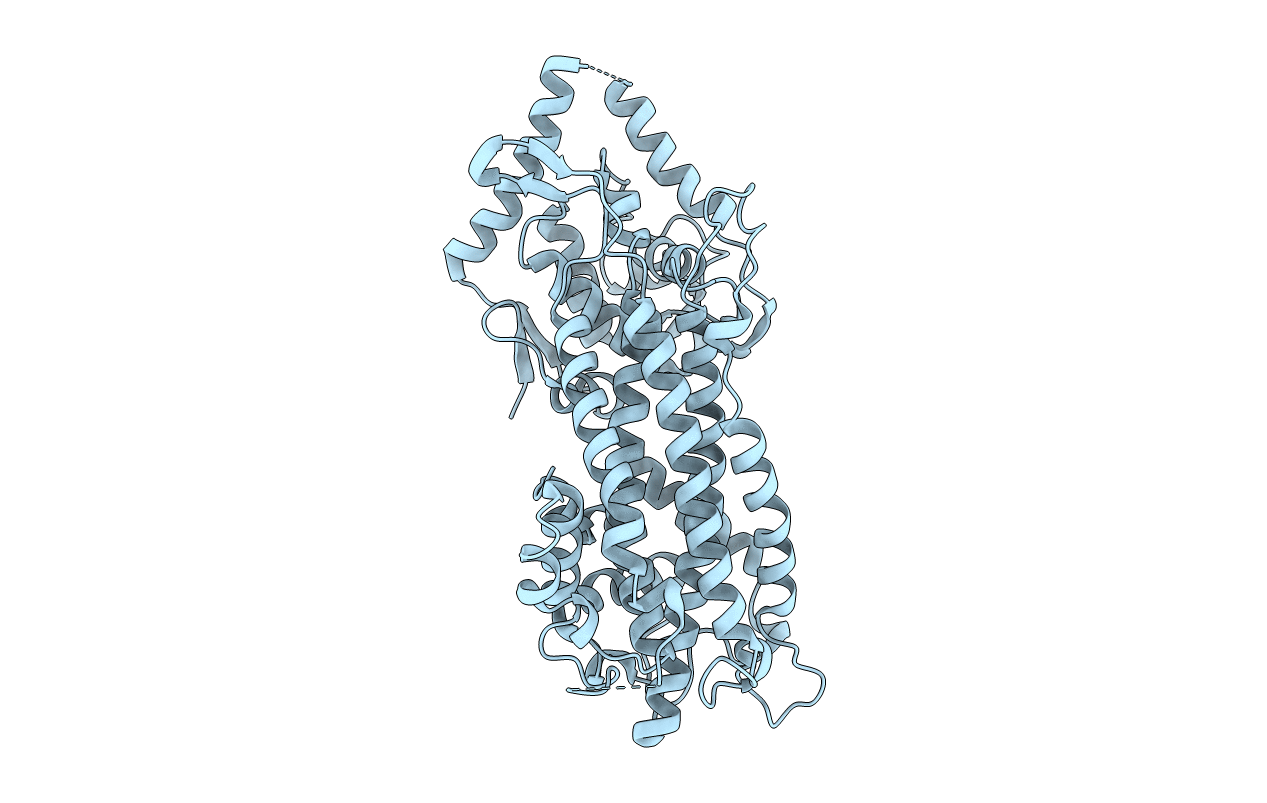
Deposition Date
2006-11-20
Release Date
2007-02-06
Last Version Date
2024-10-09
Entry Detail
PDB ID:
2NYF
Keywords:
Title:
Crystal structure of phenylalanine ammonia-lyase from Nostoc punctiforme
Biological Source:
Source Organism:
Nostoc punctiforme (Taxon ID: 63737)
Host Organism:
Method Details:
Experimental Method:
Resolution:
2.50 Å
R-Value Free:
0.30
R-Value Work:
0.24
Space Group:
I 2 2 2


